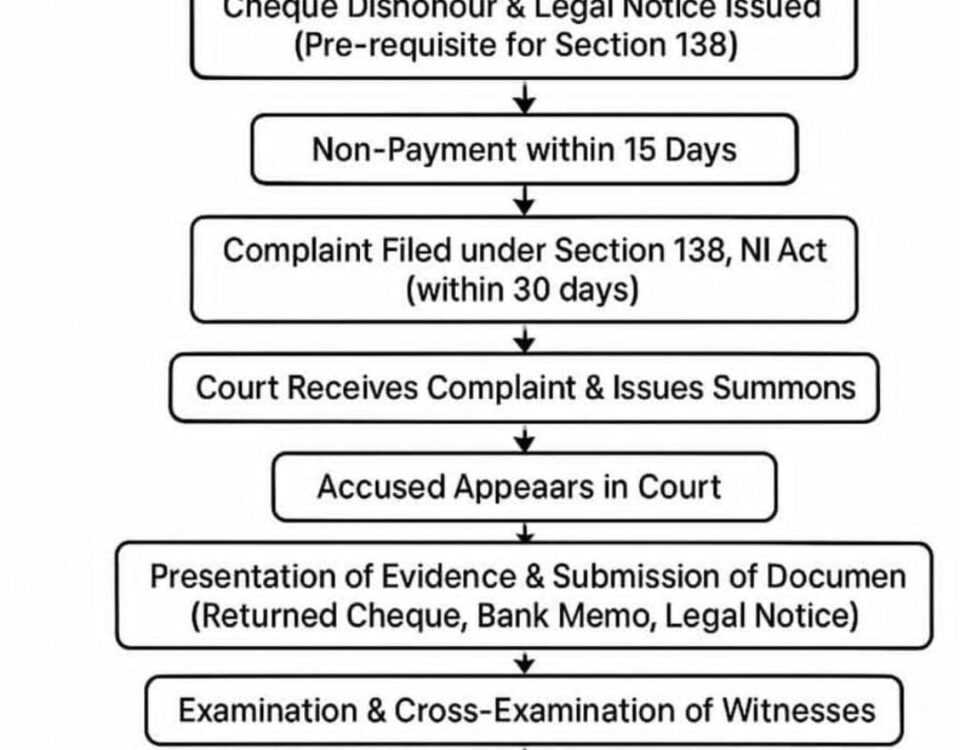- Top-rated Best Lawyer in Noida
- +91 96161-66166
- [email protected]

Trusted Contested Divorce Lawyer in Noida
May 20, 2025
The Hidden Scars: Effects of Domestic Violence on Children
May 25, 2025Navigating a child custody dispute in India can be emotionally and legally challenging. When parents separate or divorce, ensuring the well-being of their child becomes paramount. Filing a child custody petition is a critical step toward securing your parental responsibilities and safeguarding your child’s future. This guide outlines the process of filing a child custody petition in India, providing clarity to parents embarking on this journey.
Step 1: Understand the Legal FrameworkChild custody in India is governed by various laws depending on the parents’ religion. For Hindus, the Hindu Minority and Guardianship Act, 1956, and the Hindu Marriage Act, 1955, apply. For others, the Guardians and Wards Act, 1890, serves as the primary legislation, supplemented by personal laws for Muslims, Christians, and Parsis. The court’s foremost consideration is the child’s welfare, which includes factors like safety, education, emotional well-being, and the ability of the parent to provide a stable environment. Courts may grant sole custody, joint custody, or visitation rights based on what serves the child’s best interests.
Step 2: Consult a Family Law AdvocateBefore filing a petition, consult an experienced family law advocate. A lawyer can assess your situation, explain your legal options, and guide you through the complex nuances of custody laws. They will help you understand whether you should seek sole custody, joint custody, or visitation rights and advice on gathering evidence to strengthen your case. Legal representation is crucial to ensure your petition is well-drafted and compliant with court requirements.
Step 3: Gather Necessary DocumentsTo file a child custody petition, you’ll need to compile essential documents to support your case.
These include:
- The child’s birth certificate to establish parentage.
- Proof of residence for both parents (e.g., Aadhaar card, utility bills).
- Income proof, such as salary slips or tax returns, to demonstrate financial stability.
- Marriage certificate or proof of relationship (e.g., wedding photos, if applicable).
- Medical records of the child, if relevant to their well-being.
- Evidence supporting your ability to provide a safe and nurturing environment, such as school records or witness statements.
- Any documentation indicating the other parent’s unfitness, if applicable (e.g., evidence of neglect or abuse).
- Organizing these documents in advance ensures a smoother filing process and strengthens your petition.
The petition should be filed in the Family Court or District Court where the child ordinarily resides. If the child lives in a different jurisdiction, consult your lawyer to determine the correct court. The petition must include:
- Details about the child, including age and current living situation.
- Grounds for seeking custody (e.g., the other parent’s inability to provide a stable environment).
- Your proposed custody arrangement (sole, joint, or visitation).
- Any requests for child support or educational expenses.
Indian courts often encourage mediation before proceeding to a full trial. Mediation provides a neutral platform for parents to negotiate and reach an amicable custody agreement. A trained mediator facilitates discussions, focusing on the child’s best interests. If mediation succeeds, the agreement is submitted to the court for approval. If it fails, the case proceeds to trial.
Step 6: Attend Court ProceedingsIf mediation doesn’t yield an agreement, the court will schedule hearings. Both parents, represented by their lawyers, present arguments, evidence, and witness testimonies. The court evaluates factors like the child’s age, preferences (if mature enough), and each parent’s ability to provide a stable environment. The judge may also consider expert opinions, such as from child psychologists, if relevant.
Step 7: Receive and Enforce the Court’s JudgmentAfter reviewing the evidence, the court issues a judgment detailing custody arrangements, visitation rights, and any financial obligations. The decision prioritizes the child’s welfare. If circumstances change later, you can file for modifications to the custody order with the help of your lawyer.
Read more: Lawyer For Child Adoption in Noida
Child custody disputes can be emotionally taxing. Maintain composure and focus on creating a stable, loving environment for your child. Avoid negative interactions with the other parent in the child’s presence, as this can impact their emotional health.
Conclusion
Filing a child custody petition in India requires careful preparation, legal guidance, and a focus on the child’s best interests. By understanding the legal framework, gathering evidence, and working with a skilled advocate, you can navigate this process with confidence. The goal is to secure a future where your child feels safe, loved, and supported.

